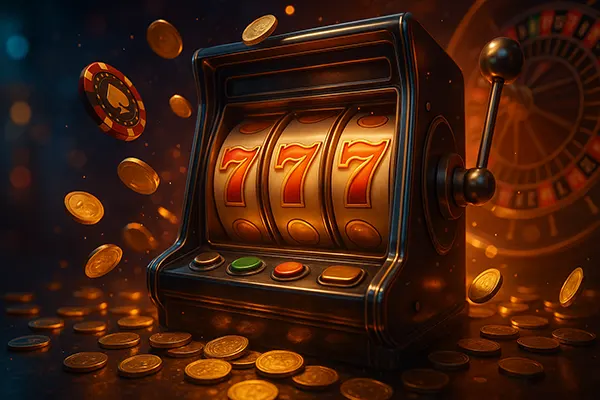Canadian Soco Poker

Soco poker is also known as Scandinavian or Canadian Stud. It became known not long ago, but is rapidly gaining popularity among card game enthusiasts. The game bears a resemblance to five-card stud, but differs in a number of ways that add to the excitement and thrill.
The distinctive features of soco poker
As one of the names implies, poker was invented in Scandinavia, the homeland of the Vikings and the fjords. The game uses a standard set of poker combinations with the addition of two more: a four-card straight and a flush. It is these latter combinations that make players very happy, as the straight and flush draws don’t need to be dealt, and are winning hands in their own right. It’s worth noting right off the bat that these hands only win against a pair, losing to two pairs.
The flush draws win against the straight draw, and then the seniority of the combinations is standard. Thus, the four-card straight and flush are built in between a pair and two pairs. Another feature that sets the Scandinavian Stud apart is that in this type of poker the suits matter. Spades are the oldest, followed by hearts and then diamonds, with clubs being the lowest suit.
Order of Business
Scandinavian Stud can be played by between two and eight people. Before the first deal, everyone pays the mandatory limit bet – the ante. Then everyone deals a pair of cards, one open, one closed, then three more times one open. Whoever has the highest card must bet the kingpin, a bet that’s at least twice the ante. The king-in can be even bigger if there are no limits in the game.
The order of the players is from right to left. There are four rounds of betting. First, two cards are dealt, one open and one closed. In the second, third and fourth rounds of bidding, players receive one card each, face down. After receiving five cards, the players are dealt. The player with the highest hand combination wins.

Soco poker strategy
For amateurs and beginners alike, soco poker might look like a very simple game – there is only one hole card out of five (opponents face up), plus two more winning combinations (straight draw and flush draw). However, this apparent simplicity is deceptive. Every type of poker requires observation and mathematical analysis. Soco Poker is no exception.
Example. A player has discarded his cards. It is necessary to remember them, as among the discarded cards there may be outs of the remaining players at the table. If one of them has a set (three cards of the same rank) and the other one has a straight draw of five to eight from an open card, a closed four or nine of the last one will bring him the win. If it is a card of a different value, the player with the set wins. So if the discarded cards didn’t have a four or a nine, there’s a good chance that one of them is the player with the straight-down draw. From this example, it can be deduced that winnings depend on the players’ concentration and observation.
The best combination at the start of a game is either a pair or two cards of the same suit, especially those with similar values (ace-king, ace-dom, king-dom, etc.). You should try to analyze your opponents’ possibilities by their open cards. Continuing to play with cards of the same suit, but far apart in value, is risky, as is playing with cards of different suits, even if one of them is an Ace.
Conclusion
Soco Poker is a fast-paced and exciting game, but tricky in its apparent simplicity. The player’s powers of observation are a major component of success. Usually four open cards show you who’s on top, but with one “but”… if the player keeps a close eye on all the cards dealt.
Another secret: don’t take any chances if your hand doesn’t improve as the bidding progresses, unlike that of other players. And, of course, his majesty – the bluff! Without it, there is no poker.



